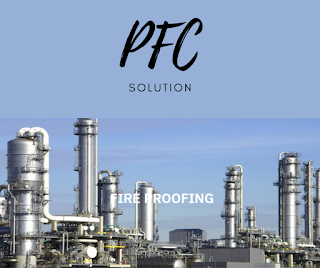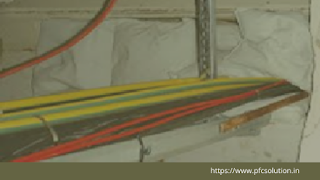5 Tips You Want to Hear about Fire paint India
As the title implies, fire paint is a covering that could be used on surfaces to avoid fire accidents. Such paint help reduce the flammability of fuels, which are very likely to end in dangerous fire incidents.
General Tips to selecting a fire paint: If you're considering applying firepaint in India, then the structure of the house is an element of what defines the coating you need; what's the building used for, and what's the building 's height? You will find three factors determining whether the building requires 30, 60, 90, or 120 minutes of fire protection
1. Height:
The higher the building, the tighter the requirements: a building above five meters should be no less than ninety minutes of fireproof. A building less than five meters doesn't usually have specified fire resistance; that is why you always need to consult a specialist when considering fireproof coatings.
2. Residential / non-residential building:
Could people be sleeping in the building? Buildings below five meters must be sixty minutes fireproof, and structures between five and 90 minutes are required by 13 meters. If the building is above thirteen meters, the requirement is 120 minutes of resistance to fire.
3. Risk factor:
In several cases, the fire resistance must be 120 minutes, no matter its height and purpose. This is real for manufacturing facilities and places with a heightened fire risk like offshore structures and chemical processing plants. This is also true for archives, libraries, and museums where useful info or perhaps foods are stored.
4. Fire paint for wood:
Fire paint for timber is hugely efficient in terms of protecting wooden surfaces from fire. Various neighborhoods nowadays have wooden fences that will quickly catch fire. Applying fire coatings on these fences can help reduce the risk. Not just this, but the wood will be protected, it will last for a long while. What this means is that applying these coatings can make a wooden surface more durable and robust
5. Fire paint for electrical cables:
Electrical cables are very susceptible to fire incidents. Although many precautions are taken while installing electrical wires, you can find some weak spots that might cause a dangerous fire. It's on account of this that fire paint for electrical cables proves to be extremely useful.
6. Fire retardant paint for steel:
Another title for fire paint used on steel is intumescent coating. The coatings tend to be applied to structural steel, so it's protected. Steel rods can be made much more powerful and capable in case they're used with such coatings.
Steel rods are extremely common in contemporary buildings and factories. Intumescent coating and protect these structures from dangerous situations. Moreover, it's not just buildings and industries which could be protected, but also various other items made out of steel that we use every day.
7. Certification:
After the coating has been put on, you are going to receive a certificate. This certificate confirms you've complied with all relevant laws and used the right fire coating. The coating should also be routinely inspected to detect some signs of premature need and deterioration for maintenance.







